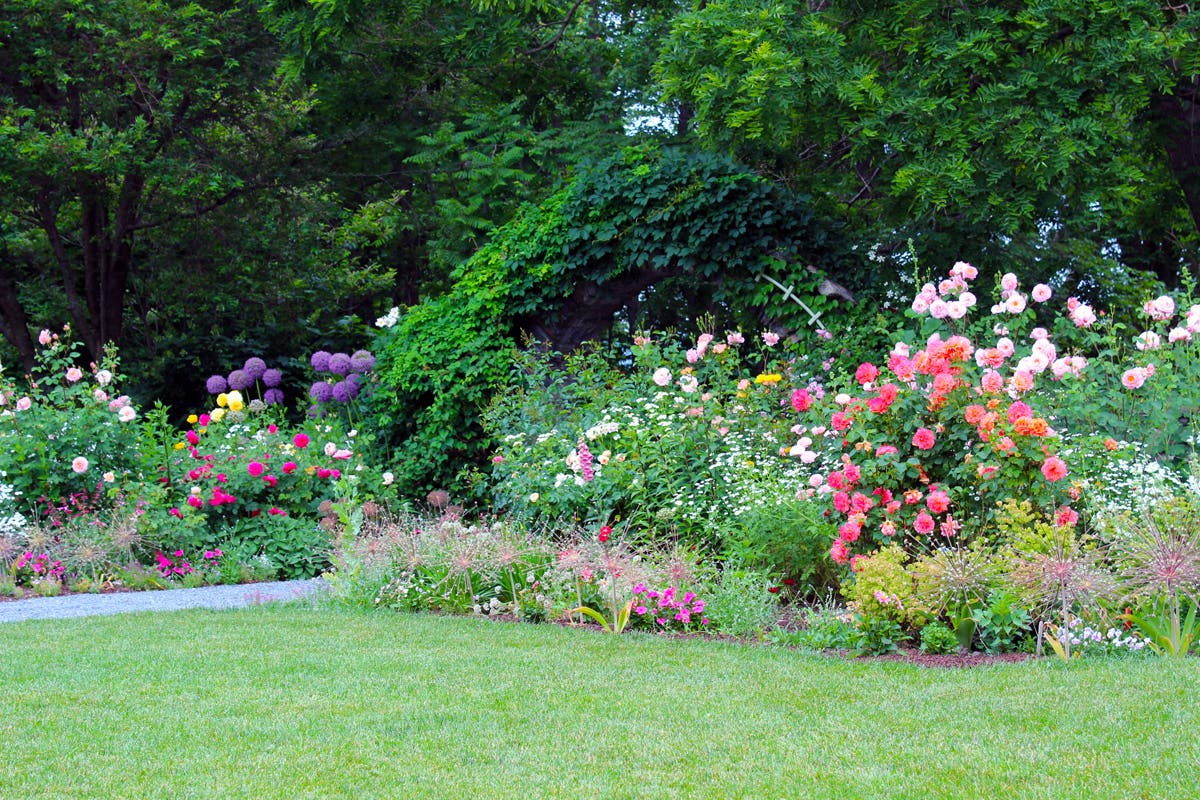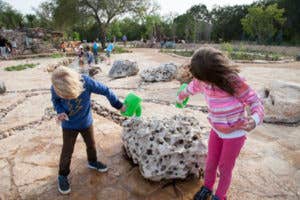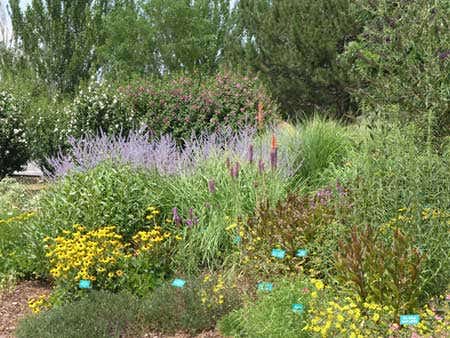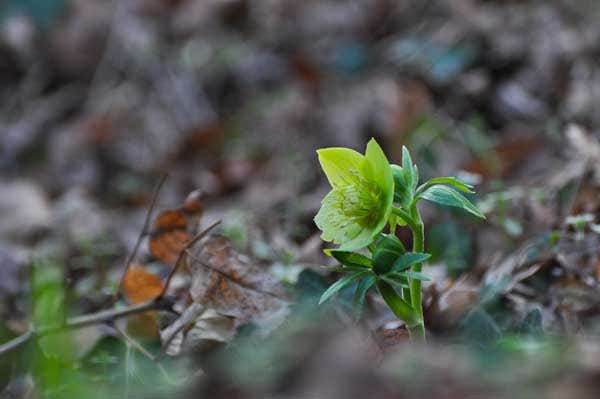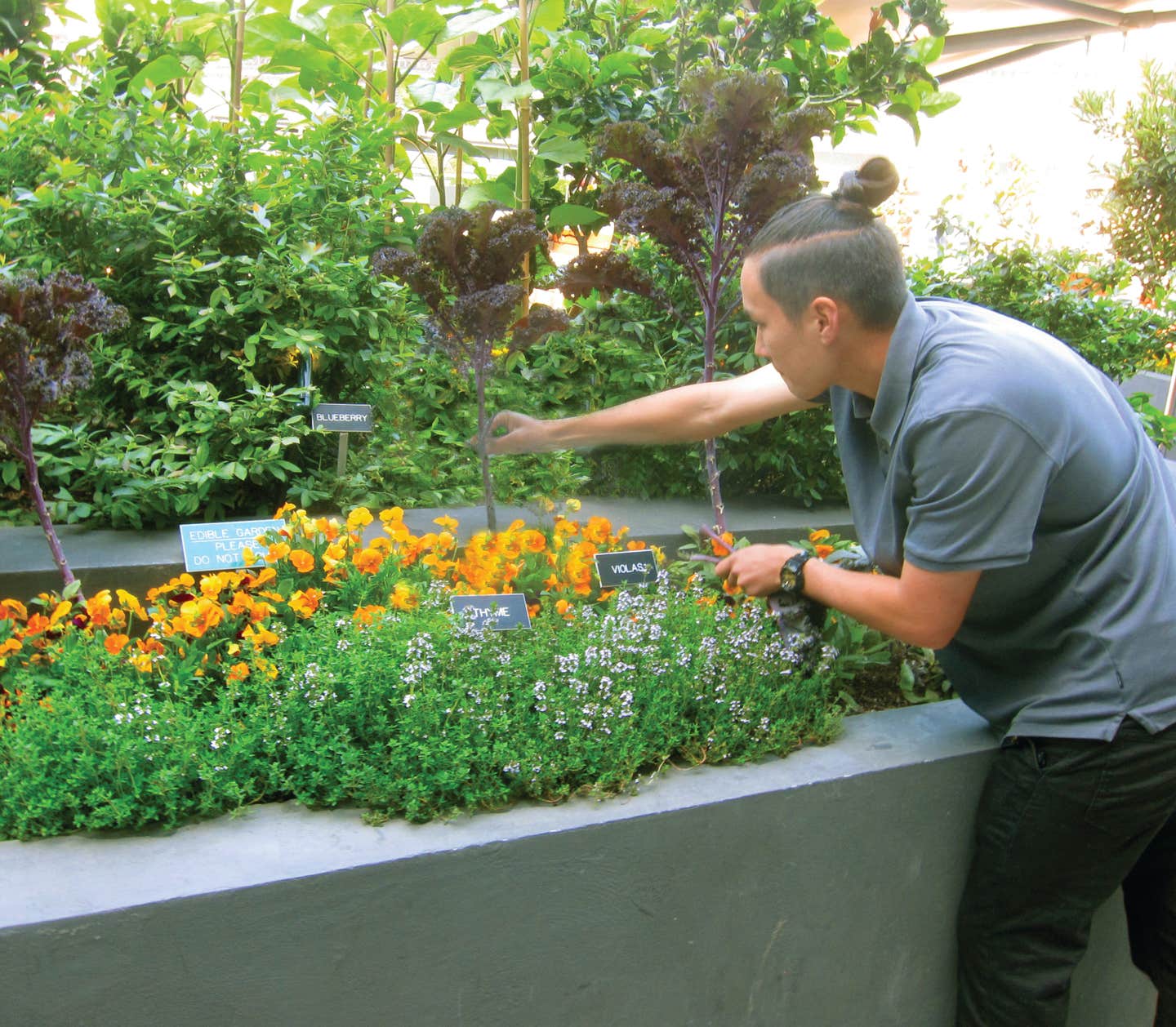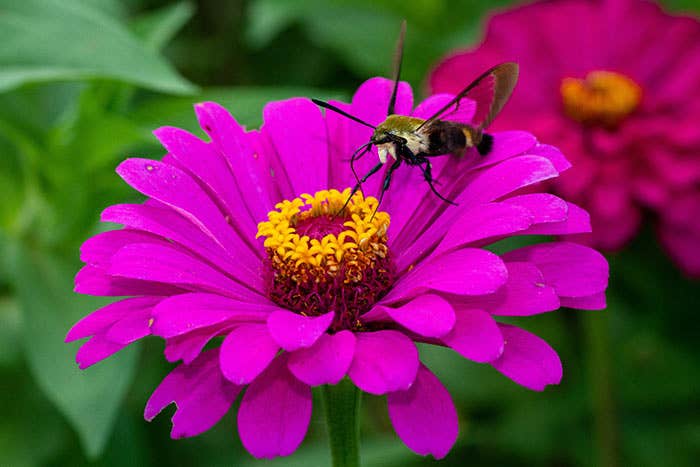Interior West: March/April Gardening
A Las Vegas Master Gardener shares tips and gardening news for early spring
A common question
The most common question I get (besides "What can I grow here?") is "How often do I water?" Starting in March, as our temperatures heat up, people here want to provide a little too much water. The standard watering method of water deep and wide, and let the soil start to dry before watering again, is the best here, as it is most everywhere. One of the most usual reasons plants die here is due to over-watering!
Recommended plants
I have fallen in love with many plants: aloes and agaves, and other succulents and exotica. My newest crush is on a shrub I have known for a couple of years, Eleagnus ebbingi, known as the silverberry. I have several in my front yard, near our afternoon sitting area under an immense olive tree. It is a beautiful, non-deciduous shrub, whose wonderful gray-olive color and ruffly form would be enough to recommend it. The highlight of this approximately 8-by8-foot beauty arrives in the early fall for us, around the first week in November, when it blooms. The aroma fills the yard and surrounding sidewalks with a lily-jasmine-gardenia fragrance, somewhat like a Russian olive smell. The blooms go strong though mid December. The flowers are quite unremarkable to look at—tiny, beige with brown dots, and hidden under the leaves. I never miss a chance to recommend this beautiful shrub.
Recent gardening trends
The biggest trend among gardeners and new gardeners alike is the idea of “Edible Landscaping.” Somewhere in the growing “green” awareness and the faltering economy, there is a huge desire to grow one's own food. In March and April, summer crops will be planted and already growing well in Las Vegas, although we have to use raised beds to counter our entirely inorganic soil (only half to 1 percent organic matter) and the high alkalinity and salinity of our native “soil.” I try to incorporate herbs as groundcovers, such as oregano and thyme, and fruit and nut trees instead of common trees here. Fig trees and pomegranates and almonds.
About gardening in this area
We are listed as USDA Zone 8b, but truthfully, there is no description for this climate. That zone indicates our minimum temperatures, but our normal maximum temperatures in the summer can be 115 degrees, to over 120, sometimes for days at a time. Our humidity levels are often around 6 to 10 percent—you should here the natives complain about the 'mugginess' when it gets higher!
I do my Master Gardener volunteer hours as a docent at the Springs Preserve, 180 acres of land that include the site of the original wetlands and artesian springs that drew the railroad and the Mormon settlers here in the mid-1800s. Las Vegas means “the meadows” in Spanish. We have a lot of native plants in the majority of the 2.5 miles of trails here, and 8 acres of cultivated gardens, where I spend my hours. People come to see the possibilities for their own yards, and get ideas that they might not get from our typical, same-six-plants Las Vegas landscaping that we have everywhere here. The most often-asked question is "Why did my plant die?" and after exhausting the usual questions about our extreme sun and salty water, sometimes that is hard to determine. The wisest thing I've heard here came from a prominent local plantsman, Linn Mills: "Sometimes, plants die."
Las Vegas gardeners’ biggest challenge
Our biggest challenge here, of course, is water. The lack of it, the use of it, and the waste of it. Our Southern Nevada Water Authority gives rebates to homeowners who remove their lawns and replace the square footage with other plants. They require that 50 percent of the area removed must have shade from a mature tree or collection of plants, in order to reduce evaporation, and they provide the homeowners involved with a list of plants and their corresponding mature sizes to help with placement. In mature yards with 20- or 30-year-old trees, removal of the lawn without replacement of the watering that the lawn sprinklers had provided means a slow and agonizing death for the tree, and an end to all the good things that tree did for the property. Some landscapers install 3 or 4 drip emitters to the base of the tree, and those are off on their merry way. We Master Gardeners try to provide good advice to help keep plants and trees healthy while changing over to more water-thrifty ways.
About Amy
I moved here in 2003 from Cuyahoga Falls, Ohio, where I thought myself a pretty good gardener. Then I found out this is the hardest climate in the world in which to grow plants. I attended the MG classes in 2004, and soon after was hired to do garden design work with a firm here in Las Vegas. Now I have my own landscape consulting company, Avant-Gardener, and I continue to volunteer in the gardens at the Las Vegas Springs Preserve. Every now and then I present horticulture or design classes as a volunteer. I have two children, 18 and 15, and a yard that we completely replanted after taking out 2500 square feet of grass in 2004.


